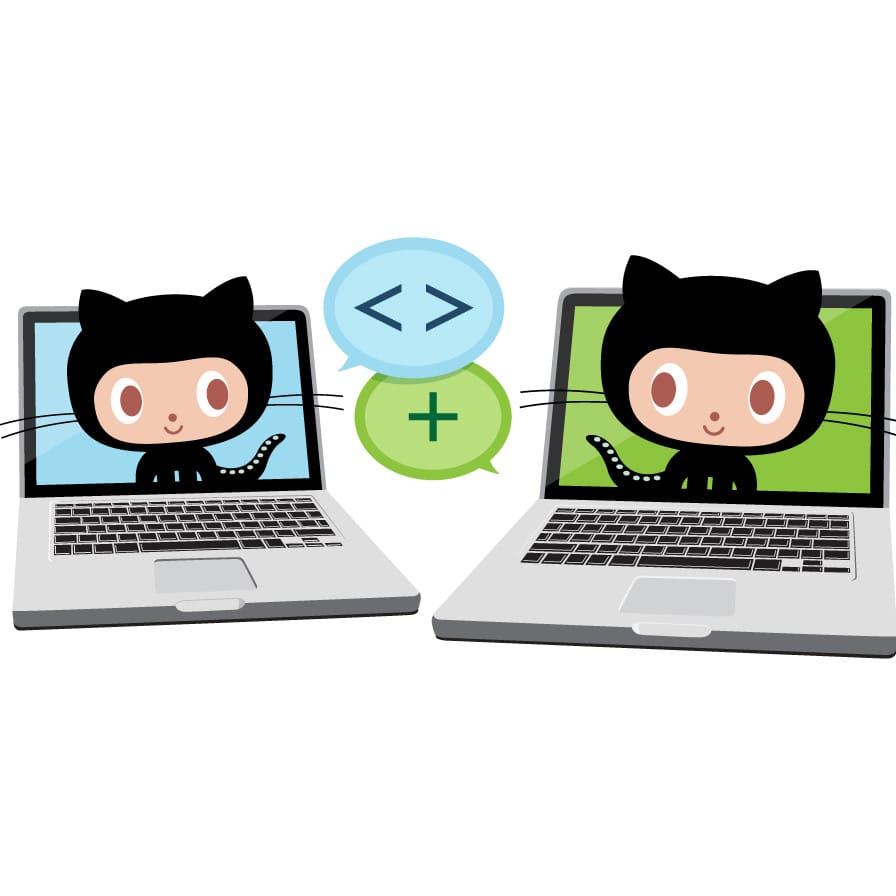Get started using GitHub in less than an hour.
Congratulations, you've completed this course and joined the world of developers!
Here's a recap of your accomplishments:
- You learned about GitHub, repositories, branches, commits, and pull requests.
- You created a branch, a commit, and a pull request.
- You merged a pull request.
- You made your first contribution! 🎉
If you'd like to make a profile README, use the quickstart instructions below or follow the instructions in the Managing your profile README article.
- Make a new public repository with a name that matches your GitHub username.
- Create a file named
README.mdin its root. The "root" means not inside any folder in your repository. - Edit the contents of the
README.mdfile. - If you created a new branch for your file, open and merge a pull request on your branch.
- Lastly, we'd love to hear what you thought of this course in our discussion board.
To make your repository private, follow these steps:
- Navigate to the main page of your repository on GitHub.
- Under your repository name, click on "Settings".
- In the "Settings" tab, scroll down to the "Danger Zone" section.
- Click on "Change repository visibility".
- Select "Make private" and read the warnings.
- Type the name of the repository to confirm and click "I understand, make this repository private".
Keeping your repository private is crucial for several reasons:
- Security: Protects sensitive information from being publicly accessible.
- Control: Allows you to control who has access to your code and data.
- Compliance: Ensures compliance with privacy regulations and policies.
Check out these resources to learn more or get involved:
- Are you a student? Check out the Student Developer Pack.
- Take another GitHub Skills course.
- Read the GitHub Getting Started docs.
- To find projects to contribute to, check out GitHub Explore.
Get help: Post in our discussion board • Review the GitHub status page
© 2023 GitHub • Code of Conduct • MIT License
